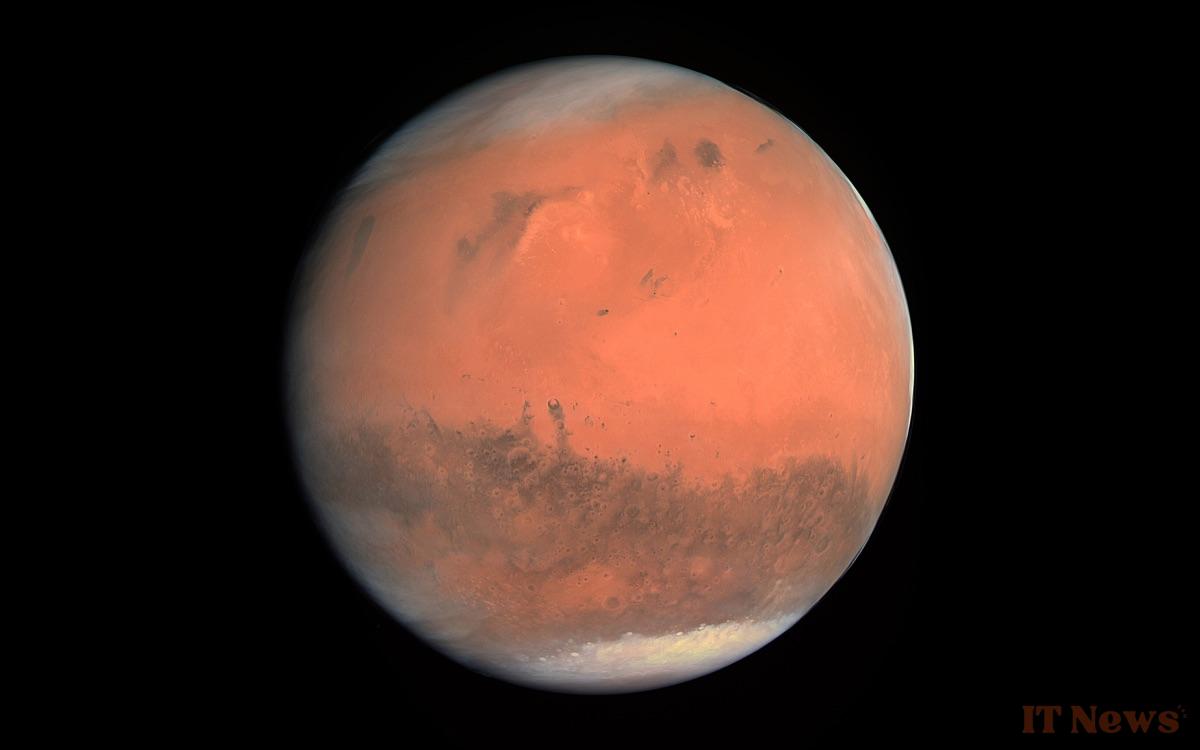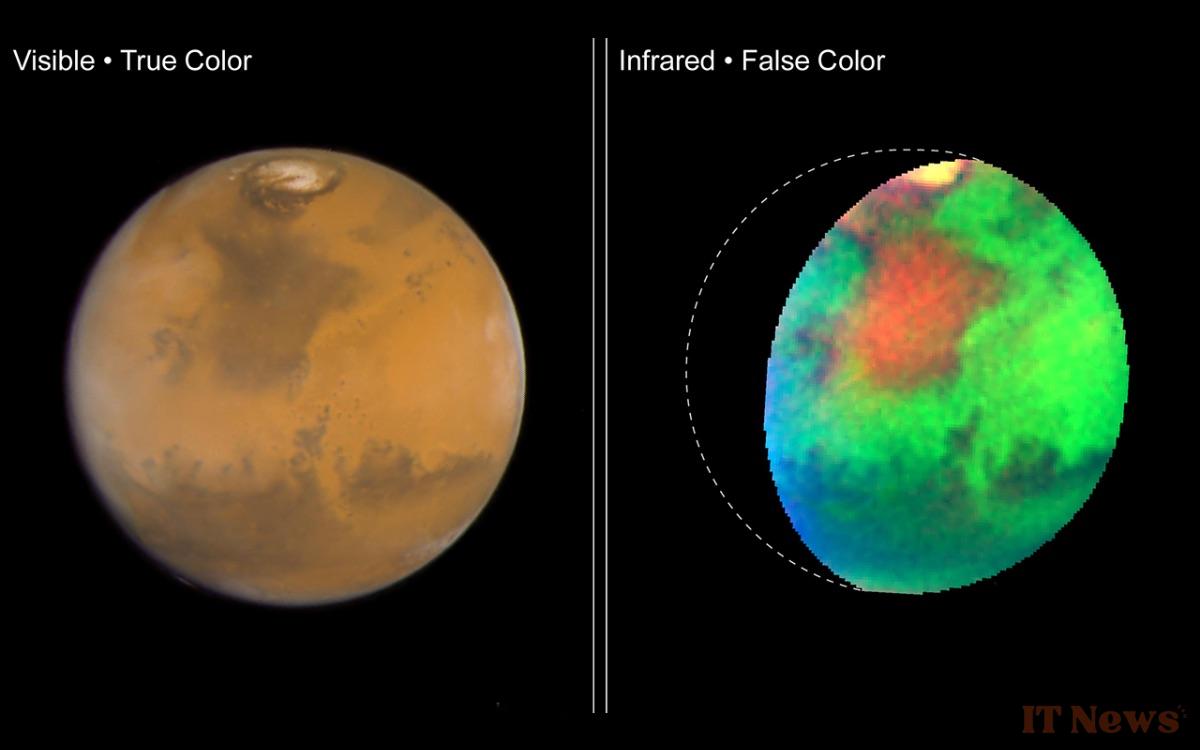Everyone knows Mars as the Red Planet. However, its color isn't as simple as it seems. Scientists are now explaining what the probe images really reveal.
Mars has been one of the most observed celestial objects for centuries. Visible to the naked eye from Earth, it has intrigued astronomers since ancient times. Its proximity to our planet and its geological similarities have made it a major target for space exploration. Since the 1960s, dozens of missions have been sent to unravel its mysteries. Rovers like Curiosity and Perseverance have been landed there, satellites like Mars Express have been launched into orbit, and its soil, atmosphere, climate, and even earthquakes have been studied. They have collected thousands of images and data, which help to better understand its history and evolution.
The planet is often nicknamed "the red planet," a name that comes from its hue visible to the naked eye from Earth. This color fascinated ancient civilizations, who often associated it with war or fire. However, the more precise images sent by space probes show a more nuanced reality. The surface of the latter is not uniformly red. It ranges in tones from brown to beige, including rusty orange.
Mars appears red because of rust, but probes reveal much more varied hues
According to The Conversation, the red color of Mars comes from a well-known element: iron oxide, or rust. It covers the rocks and dust on the planet's surface. This compound gives the planet its characteristic color. It is also found in human blood and on Earth, in certain rock formations. The first images taken in 1976 by the Viking probe already showed a surface covered in orange dust, ancient evidence of this composition.
But not all of Mars glows the same red. The polar ice caps are white, composed of water ice and frozen carbon dioxide. Their size varies with the Martian seasons. Some areas are browner, others more orange. In addition to visible-light photos, scientists also use infrared or ultraviolet cameras to observe our neighbor. These images, called "false-color," reveal details invisible to the naked eye, such as the composition of the soil or the thickness of the atmosphere. Thanks to this data, researchers can better understand its geological history, its past volcanic activity, and the possible presence of liquid water in the past.





0 Comments